Top Things to Know Before Buying Cool House Plants: A Practical Guide
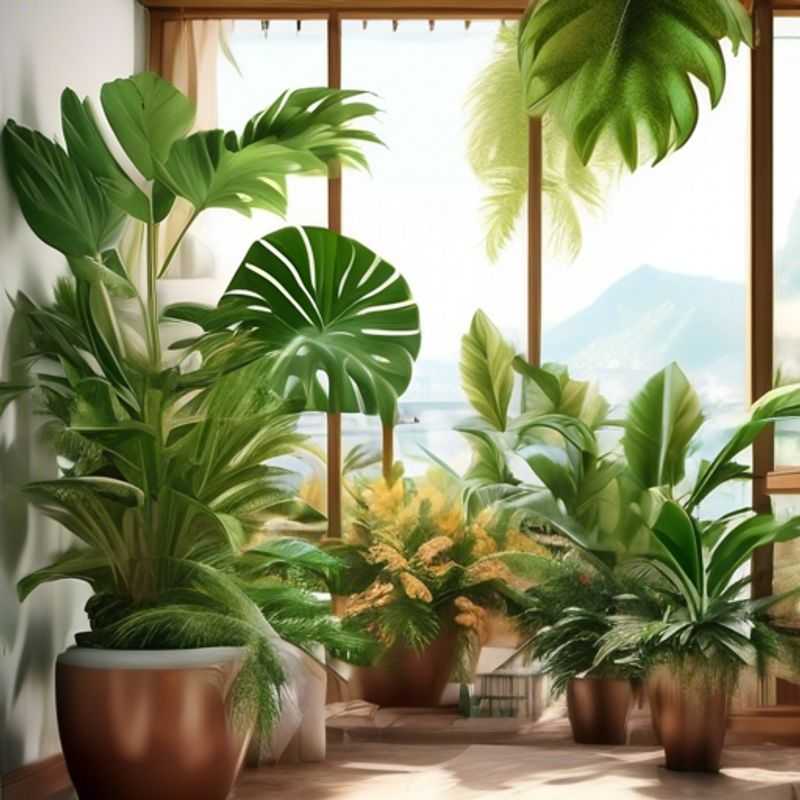
Top Things to Know Before Buying Cool House Plants: Research, Lighting, Pets & Children, Watering & Fertilizing, Temperature & Humidity, Potting & Containers, Pests & Diseases
Bringing the outdoors in with houseplants is a fantastic way to enhance your living space. But before you head to the plant shop, consider these essential factors to ensure your leafy companions thrive:
Research the specific care requirements for each plant species. Plants have individual needs, and some are more demanding than others. Knowing their preferred light, water, and temperature conditions will help you select the right plants for your home.
Consider the lighting conditions in your home and choose plants accordingly.

Know Your Plants: Researching Specific Care Requirements
Researching the specific care requirements for each plant species is crucial for their successful growth and overall health. Understanding these needs allows you to provide the optimal conditions for your plants to thrive, ensuring a fulfilling experience for both you and your greenery.
To begin, identify the plant species you want to care for. A simple Google search or a quick look at its tag can help you determine its name. Once you know the plant's name, you can easily find detailed information online about its specific needs.
Next, focus on light requirements. Plants need varying amounts of sunlight to grow, with some preferring shade while others bask in full sun. Understanding your plant's light preference is essential.
Another crucial factor is water. Different plants have diverse water needs, ranging from drought-tolerant species to those requiring frequent watering. Overwatering can be detrimental, while underwatering can lead to wilting.
Soil composition is also vital. Each plant has a preferred soil type, whether it's sandy, loamy, or clay. Ensuring your plant has the appropriate soil composition promotes healthy root development and nutrient absorption.
Beyond these core requirements, factors such as temperature, humidity, and fertilization can significantly influence a plant's well-being. Researching these additional factors can provide further insights into the specific needs of your chosen plant.
By diligently researching and understanding the unique care requirements of each plant species, you're equipping yourself to provide the best possible environment for their growth and prosperity. You'll foster a thriving garden while gaining valuable knowledge and enriching your connection with the natural world.
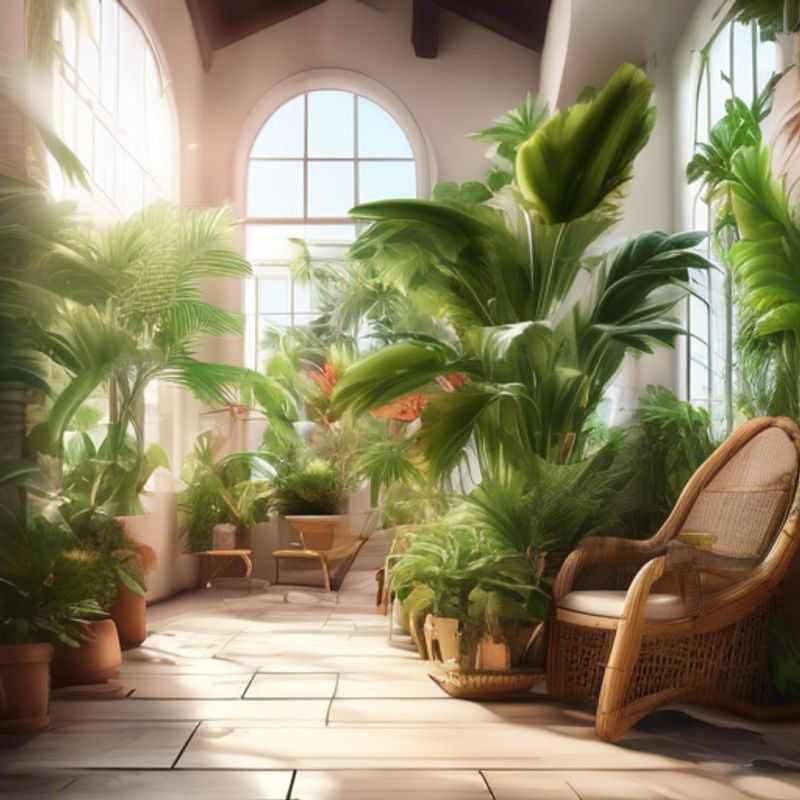
Light Up Your Life: Choosing Plants for Your Home's Lighting Conditions
When selecting plants for your home, it's crucial to consider the lighting conditions. Different plants thrive in varying light levels, ranging from full sun to low light.
For example, succulents and cacti thrive in bright, sunny locations, while snake plants and ZZ plants can tolerate low light conditions.
Understanding the amount of natural light your home receives throughout the day is essential for choosing plants that will flourish. You can assess your home's lighting by observing the amount of direct sunlight entering different rooms, particularly during peak daylight hours.
If your home doesn't receive ample sunlight, you might consider supplementing with artificial light sources, such as grow lamps. These lamps can mimic natural sunlight and provide the necessary light intensity for plant growth.
Remember, proper lighting is essential for plant health and vitality.
By carefully considering the lighting conditions in your home and choosing plants accordingly, you can create a vibrant and thriving indoor garden that enhances your living space.
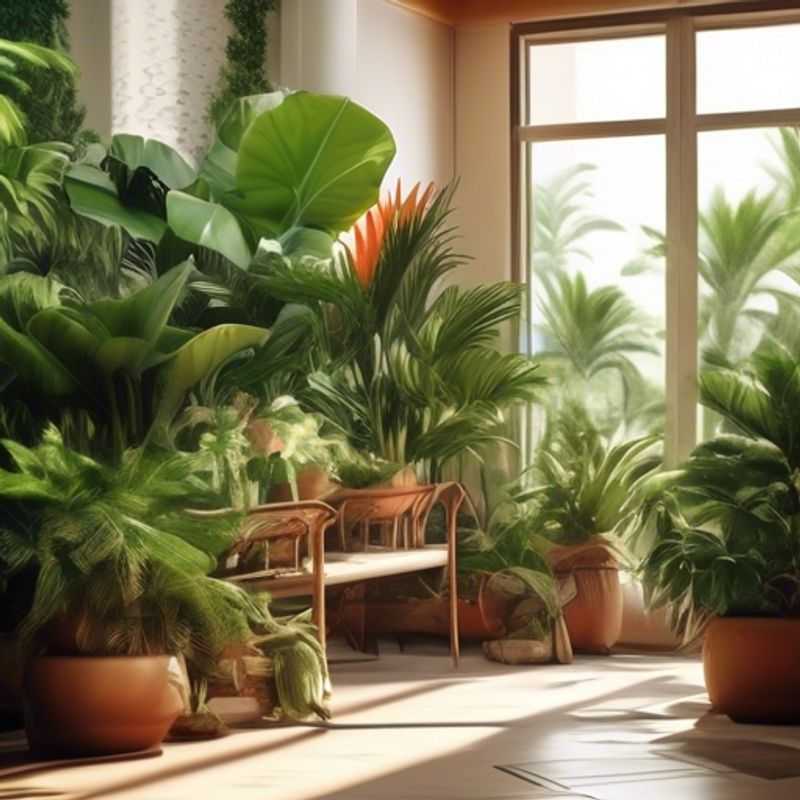
Pet & Child-Safe Plants: Choosing Green Companions for Your Home
Choosing plants for your home involves considering the safety of your pets and children. Many common houseplants can be toxic if ingested. To ensure safety, opt for non-toxic species or keep plants out of reach. Always research the specific plant's toxicity level before bringing it home.
Here's a quick guide:
Pets: Cats and dogs are particularly prone to chewing on plants. Common toxic plants include lilies (all types), dieffenbachia, philodendron, and pothos. Look for safer alternatives like spider plants, African violets, and Boston ferns.
Children: Young children are also at risk of putting plants in their mouths. Avoid plants with sharp thorns, berries, or sap that can cause irritation. Consider using child-proof barriers or placing plants in areas inaccessible to children.
Remember, safety comes first! If you're unsure about a plant's toxicity, consult a veterinarian or a plant expert.
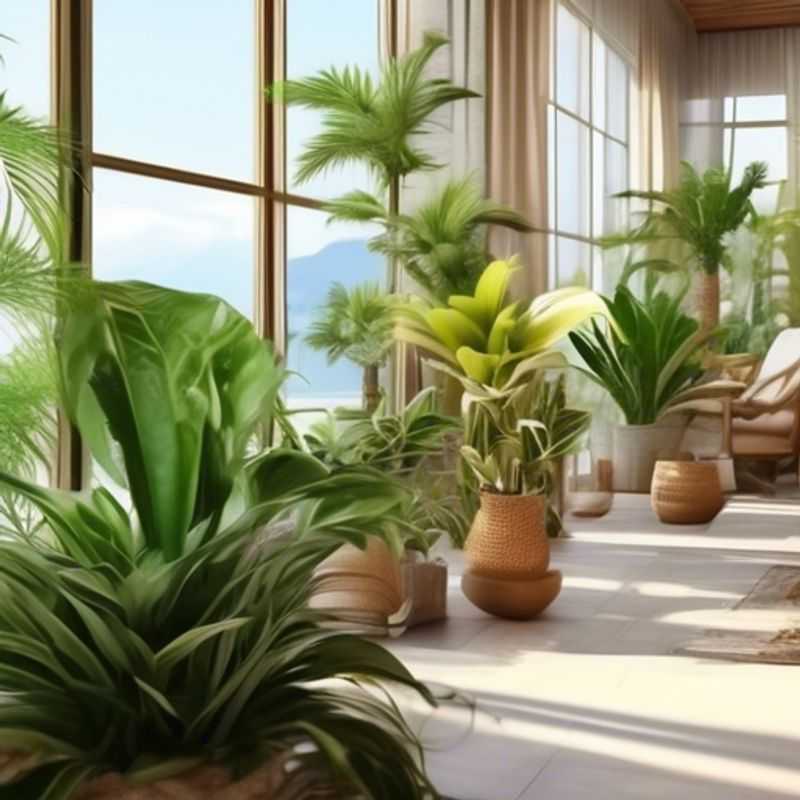
Watering and Fertilizing Plants: A Practical Guide to Healthy Growth
Proper watering and fertilization are crucial for maintaining healthy plants. Understanding the needs of your specific plants is key. Watering should be done when the top inch of soil feels dry, but avoid overwatering, as this can lead to root rot. Fertilization should be applied during the growing season, typically from spring to fall. Choose a fertilizer specifically formulated for your plant type, and follow the instructions on the label. Avoid overfertilizing, as this can burn roots. Observe your plants for signs of distress, such as wilting, yellowing leaves, or stunted growth. Adjust your watering and fertilization practices accordingly.
When it comes to watering, consider the type of soil your plant is in. Sandy soils drain quickly and require more frequent watering, while clay soils retain moisture and need less frequent watering. Fertilization needs vary by plant species. Some plants are heavy feeders and require regular fertilization, while others are light feeders and may only need fertilization once or twice a year. Be sure to research the specific needs of your plants.
Proper watering is essential for plant health. Always use lukewarm water, and avoid using cold or hot water. Fertilization can be done with organic or chemical fertilizers. Organic fertilizers are made from natural sources such as compost, manure, and bone meal. They release nutrients slowly and are generally considered safer for the environment. Chemical fertilizers are made from synthetic ingredients and release nutrients quickly, but they can also harm the environment if used improperly.
In addition to proper watering and fertilization, other factors can influence plant health, including sunlight, temperature, and air circulation. Always research the specific needs of your plants for optimal growth.
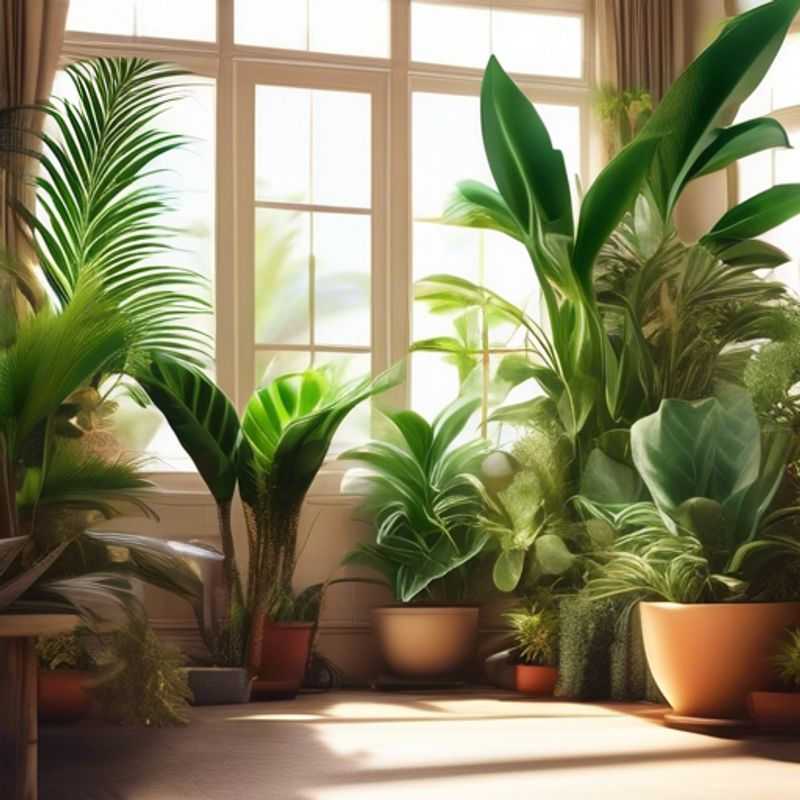
Understanding the Ideal Temperature and Humidity Levels for Your Plants
Understanding the ideal temperature and humidity levels for your plants is crucial for their health and growth. Different plants thrive in different conditions.
Generally, most houseplants prefer temperatures between 65°F and 75°F (18°C and 24°C) during the day, and slightly cooler temperatures at night. This is considered a comfortable temperature for most people as well.
When it comes to humidity, the ideal range varies. However, most plants prefer humidity levels of at least 40%. Low humidity can lead to dry, crispy leaves, while high humidity can contribute to fungal diseases.
To determine the optimal temperature and humidity for your specific plant, research its native environment. Tropical plants often prefer higher humidity levels. Desert plants, on the other hand, are more accustomed to dry conditions.
You can use a hygrometer to measure the humidity levels in your home. If the humidity is too low, you can increase it by placing a humidifier near your plants or grouping them together.
Remember, proper watering is essential for maintaining ideal humidity levels. Allow the soil to dry slightly between waterings to avoid overwatering, which can also contribute to fungal problems.
Paying attention to temperature and humidity can significantly impact your plant's health and growth. By creating a comfortable environment for your plants, you can enjoy their vibrant beauty for years to come.
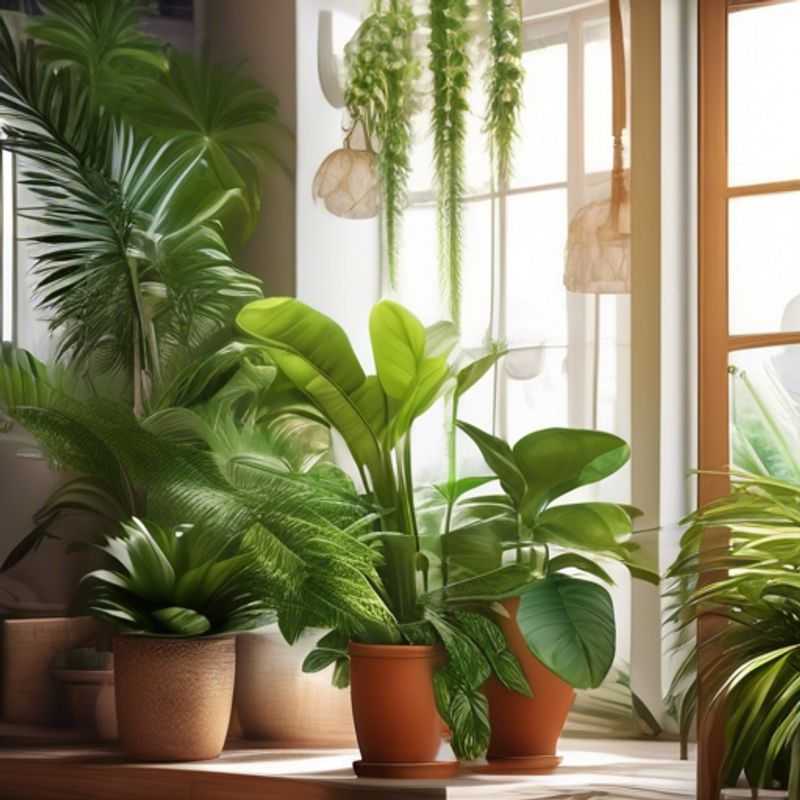
Get Your Green Thumb Ready: Potting Soil and Containers
When preparing to provide the necessary potting soil and containers, consider the type of plants you’ll be growing. Different plants have different needs, so research what your chosen plants prefer. For example, cacti and succulents need well-draining soil, while ferns prefer moist, acidic soil.
Choose pots that are the right size for your plants. They should be large enough to accommodate the roots but not too big, which can lead to overwatering. Pots should also have drainage holes to prevent root rot.
When selecting potting soil, look for a well-draining, nutrient-rich mix. You can purchase pre-mixed potting soil or create your own blend by combining compost, peat moss, and vermiculite. Remember to consider your plants' specific needs when selecting soil ingredients.
If you are purchasing potting soil, the cost may vary depending on the brand and type of soil. For example, premium potting soil with added nutrients might cost more than a basic mix.
Finally, be prepared to sanitize your containers before use. Cleaning your containers with a diluted bleach solution can help prevent diseases and pests.
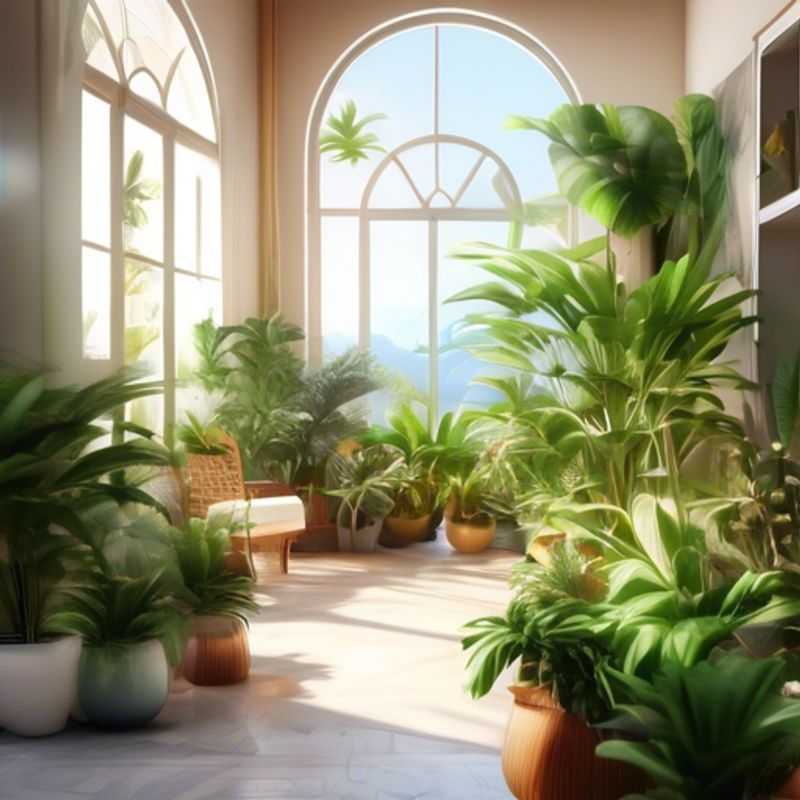
Know Your Enemy: Common Pests and Diseases Affecting Houseplants
Familiarizing yourself with common pests and diseases affecting house plants is essential for maintaining a healthy indoor garden. Key pests to watch for include aphids, spider mites, and mealybugs, which can weaken plants by sucking sap. Regularly inspect your plants for signs of these pests, such as sticky residue or webbing. Diseases like powdery mildew and root rot can also occur, often due to overwatering or poor air circulation. To combat these issues, ensure your plants have adequate light and drainage.
When planning for pest and disease management, consider potential costs such as purchasing organic insecticides or fungicides, which can be effective yet safe for indoor use. Additionally, investing in natural pest deterrents like neem oil can provide long-term protection. Regular maintenance practices, such as cleaning leaves and rotating plants, can also help prevent infestations and disease outbreaks.
By staying vigilant and informed about these common threats, you can ensure your house plants thrive in a healthy environment.
